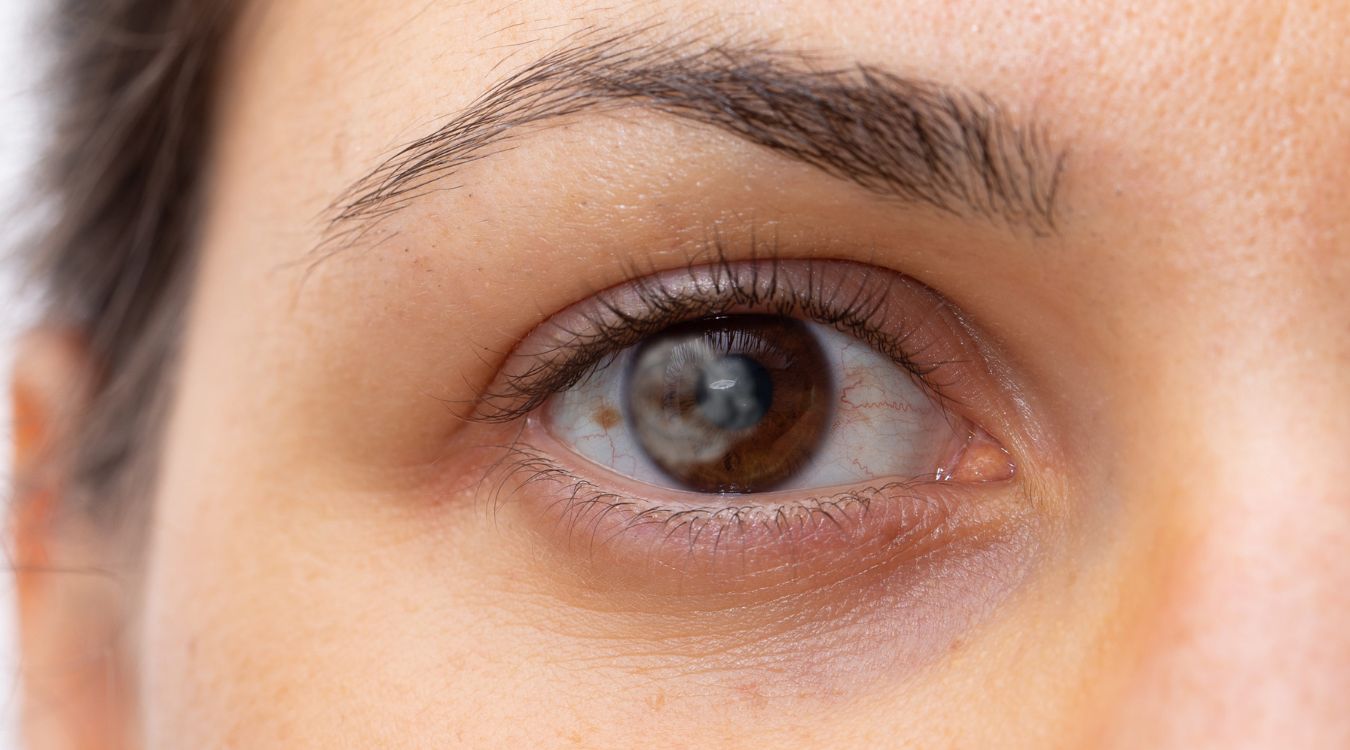
What is Corneal Endothelium Dystrophy? Corneal Endothelium Dystrophy, often called Fuchs' Dystrophy, is a condition affecting the innermost layer of the cornea. This layer, known as the endothelium, helps maintain corneal clarity by pumping out excess fluid. When these cells deteriorate, fluid builds up, causing the cornea to swell and vision to blur. Symptoms include hazy vision, glare sensitivity, and discomfort. Causes are usually genetic, but aging can also play a role. Treatment options range from eye drops to corneal transplants, depending on severity. Understanding this condition can help manage symptoms and improve quality of life.
Key Takeaways:
- Corneal Endothelium Dystrophy (CED) primarily affects the innermost layer of the cornea, leading to blurred vision and discomfort. Treatment options include eye drops, contact lenses, and even surgical procedures like corneal transplants.
- Research on CED is ongoing, with promising developments in stem cell therapy and advancements in technology aiding diagnosis and treatment. Early detection through regular eye check-ups and patient education are crucial for managing this eye disorder.
What is Corneal Endothelium Dystrophy?
Corneal Endothelium Dystrophy (CED) is an eye condition affecting the cornea, the clear front surface of the eye. This condition can lead to vision problems and discomfort. Let's dive into some fascinating facts about this eye disorder.
-
CED primarily affects the innermost layer of the cornea, known as the endothelium. This layer is crucial for maintaining corneal transparency by pumping out excess fluid.
-
Fuchs' Endothelial Dystrophy is the most common type of CED. Named after Austrian ophthalmologist Ernst Fuchs, this condition often affects people over 50.
-
CED can be hereditary. If a family member has CED, there's a higher chance you might develop it too.
-
Women are more likely to develop CED than men. The reason behind this gender disparity remains unclear.
-
Early symptoms include blurred vision and glare. These symptoms are often more noticeable in the morning.
-
As CED progresses, corneal swelling can occur. This swelling, or edema, can cause significant discomfort and vision impairment.
-
Advanced CED can lead to corneal scarring. Scarring can severely affect vision and may require surgical intervention.
-
Diagnosis often involves a slit-lamp examination. This special microscope allows doctors to examine the cornea in detail.
-
Specular microscopy is another diagnostic tool. This imaging technique helps visualize the endothelial cells.
-
CED can be mistaken for other eye conditions. Accurate diagnosis is crucial for proper treatment.
Treatment Options for Corneal Endothelium Dystrophy
Treating CED depends on the severity of the condition. Here are some common treatment methods used to manage this eye disorder.
-
Eye drops can help reduce corneal swelling. Hypertonic saline drops draw out excess fluid from the cornea.
-
Soft contact lenses may be prescribed. These lenses can provide temporary relief from discomfort.
-
In severe cases, a corneal transplant might be necessary. This surgical procedure replaces the damaged cornea with a healthy donor cornea.
-
Descemet's Stripping Endothelial Keratoplasty (DSEK) is a less invasive option. This procedure involves replacing only the damaged endothelial layer.
-
Descemet Membrane Endothelial Keratoplasty (DMEK) is even more precise. DMEK replaces just the thin Descemet membrane and endothelial cells.
-
Anti-inflammatory medications can help manage symptoms. These medications reduce inflammation and discomfort.
-
Regular eye check-ups are essential. Monitoring the condition helps in timely intervention and management.
-
Lifestyle changes can also make a difference. Protecting eyes from UV light and maintaining good eye hygiene are beneficial.
Interesting Facts About Corneal Endothelium Dystrophy
Beyond the medical aspects, there are some intriguing facts about CED that highlight its impact and the ongoing research in this field.
-
CED research is continuously evolving. Scientists are exploring new treatments and understanding the genetic factors involved.
-
Stem cell therapy shows promise for CED. This cutting-edge research aims to regenerate damaged endothelial cells.
-
CED can affect animals too. Dogs, particularly certain breeds, can develop a similar condition known as Canine Endothelial Dystrophy.
-
Early detection can significantly improve outcomes. Regular eye exams can catch CED before it progresses too far.
-
Patient education is crucial. Understanding the condition helps patients manage symptoms and adhere to treatment plans.
-
Support groups can provide emotional assistance. Connecting with others who have CED can offer comfort and practical advice.
-
Advancements in technology are aiding diagnosis and treatment. High-resolution imaging and surgical techniques are improving patient care.
Final Thoughts on Corneal Endothelium Dystrophy
Corneal Endothelium Dystrophy is a complex eye condition affecting many people worldwide. Understanding its symptoms, causes, and treatments can help manage the disease better. Early detection is key. Regular eye check-ups can catch the disease before it progresses too far. Treatments range from medications to surgical options like corneal transplants. Staying informed about the latest research and advancements can also provide new hope for those affected. Remember, maintaining overall eye health through proper care and protection can make a significant difference. If you or someone you know shows signs of this condition, consult an eye specialist promptly. Knowledge and proactive care are your best defenses against the challenges posed by Corneal Endothelium Dystrophy. Stay vigilant, stay informed, and prioritize your eye health.
Frequently Asked Questions
Was this page helpful?
Our commitment to delivering trustworthy and engaging content is at the heart of what we do. Each fact on our site is contributed by real users like you, bringing a wealth of diverse insights and information. To ensure the highest standards of accuracy and reliability, our dedicated editors meticulously review each submission. This process guarantees that the facts we share are not only fascinating but also credible. Trust in our commitment to quality and authenticity as you explore and learn with us.
